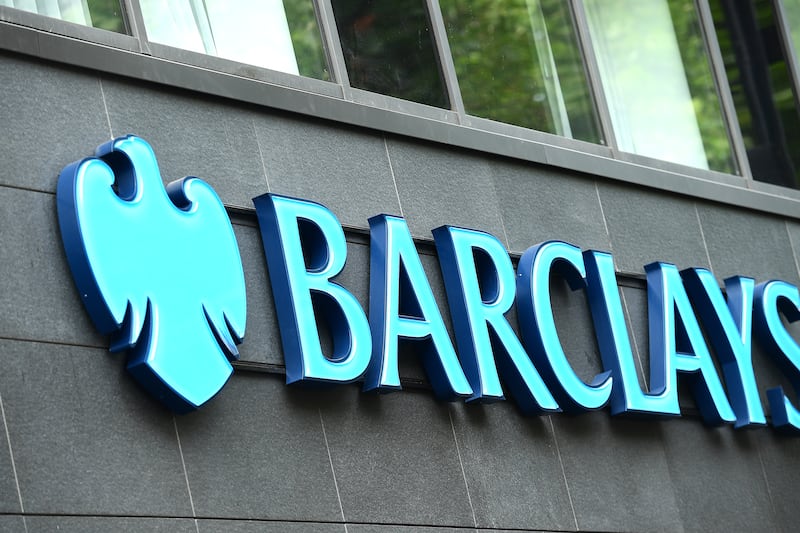::Hot porridge…
The merest whiff of inflationary pressure, emitted by the US labour force, sent markets into a frenzy over the last couple of weeks. This week’s US inflation data seemed to calm nerves a little, despite being above expectations. What can we expect from inflation over the coming months? Further out, should investors sweat about a US administration busily throwing more logs on to a fire that doesn’t seem to need it? Will central bankers be forced to slam on the brakes before too long?
::Overreaction
The latest US wage data is in some senses a curious trigger for this so-far contained bout of inflation hysteria. True, headline wage growth surprised economists. However, this surprise came from a minority subset of the sampled workforce (supervisory employees), whose wage growth tends to be volatile anyway. Excluding this group, gains were more muted, in line with previous trends.
Wage gains would need to broaden materially over coming months for us to declare a breakout in employee compensation. Such a breakout should not come as a shock when and if it does occur - current levels of unemployment have historically been consistent with unevenly rising employee bargaining power. However, so far the data is too flimsy to make this call. Furthermore, history also tells us that the translation of that higher employee compensation into actual economy wide rising inflation is itself a slow and uneven process. Those trying to link this week’s Consumer Price Inflation (CPI) figure to the wage increases of two weeks ago should be ignored.
That is not it of course. The recently passed Republican tax cut, allied to last week’s bipartisan deal to raise US government spending, will add a hefty dose of stimulus to an already healthy economy. The combination of declining economic slack and a soaring fiscal deficit could certainly stoke price pressures, but likely further down the line.
On the flipside, some are suggesting that central bankers might even be deterred from their mission to normalise interest rates by these more unsettled markets. Our point would be that if policymakers were to allow market sentiment to dictate their actions, we would be unlikely to see the interest rate rises the economy increasingly needs (particularly in the context of the approaching fiscal expansion). Central banks should only care about market volatility to the extent that it feeds into the real economy. The pull back in risky assets so far is surely not helpful to short term investor returns, but the effect on investor wealth is not sufficient to dent consumer spending. Neither will it materially alter the appetite for private capital expenditure.
:: Conclusion
All in all, we do not yet see the signs of the kind of rise in inflationary pressure that would force central bankers to raise interest rates sharply. Nonetheless, the forces of inflation should slowly gather in coming years, amidst diminishing economic slack and that somewhat surprisingly timed dollop of fiscal largesse in the US. This should allow the various central banks in the developed world to slowly but surely wean their patients from the emergency monetary care which they have long since needed.
The bond market, which until six months ago seemed still transfixed by the threat of deflation, now looks better equipped to handle the reality of more rate hikes. Yields across all maturities likely have further to rise still; an era (of sorts) is ending. As with all such moments, investors can take a while to find their feet as perceived norms are upended. However, with the prospects for economic growth still looking firm, and signs of overheating still substantially absent, equities continue to offer the most attractive returns.
For the more cyclically minded, the most interesting sectors continue to be industrial, technology and financial businesses, and those regions most heavily dominated by those types of businesses. That leaves us leaning towards Asia within our emerging market allocation, and to Europe ex-UK as well as the US within our developed equity exposure. Within the fixed income complex, we remain tactically light in our allocation to both high quality government and investment grade credit. For the moment, we continue to recommend taking carefully calibrated credit risk to boost real returns in this space.
:: Claire McCombe is a private banker with Barclays Wealth & Investment Management








